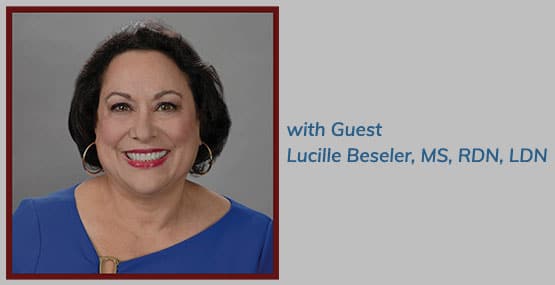
Vitamin D levels and what they mean
We don't judge whether you have enough vitamin D just based on what you eat anymore. In part that's because the sources of the vitamin are both sun exposure and diet. They aren't the same every day and they really aren't the critical issue. And we certainly don't want to wait until your child has rickets or osteoporosis.
The Critical Issue
What is? It's how much Vitamin D is floating around in your body and is it making a difference in your bones and on your immune system <<link 107>>. The good news is that we can judge both. We can look at blood levels that tell us how much is in the bloodstream, and we can look at scans of the back and various other bones to tell us how dense the bones are.
What the Levels Mean
The Endocrine Society says you don't have enough vitamin D (vitamin D deficiency) when your blood levels are low (less than 20 nanograms per milliliter of the commonly measured 25-OH form of vitamin D). And that goes for any aged child or adult.
You have enough (sufficiency) when those levels are 30 or more (with an ideal level between 40 and 60). Levels between 20 and 30 are called insufficiency, meaning they are at risk for osteoporosis (bone weakness). That's true for older adults and young children,
Treatment
Kids and adults who have low levels should start on higher doses of Vitamin D (usually btween 1000 and 5000 IU on a regular basis) decided by a knowledgable doctor or dietitian. Those with who still have low levels should have their bones checked with a bone density scan. When that's low, treatment can be started.





